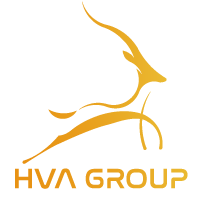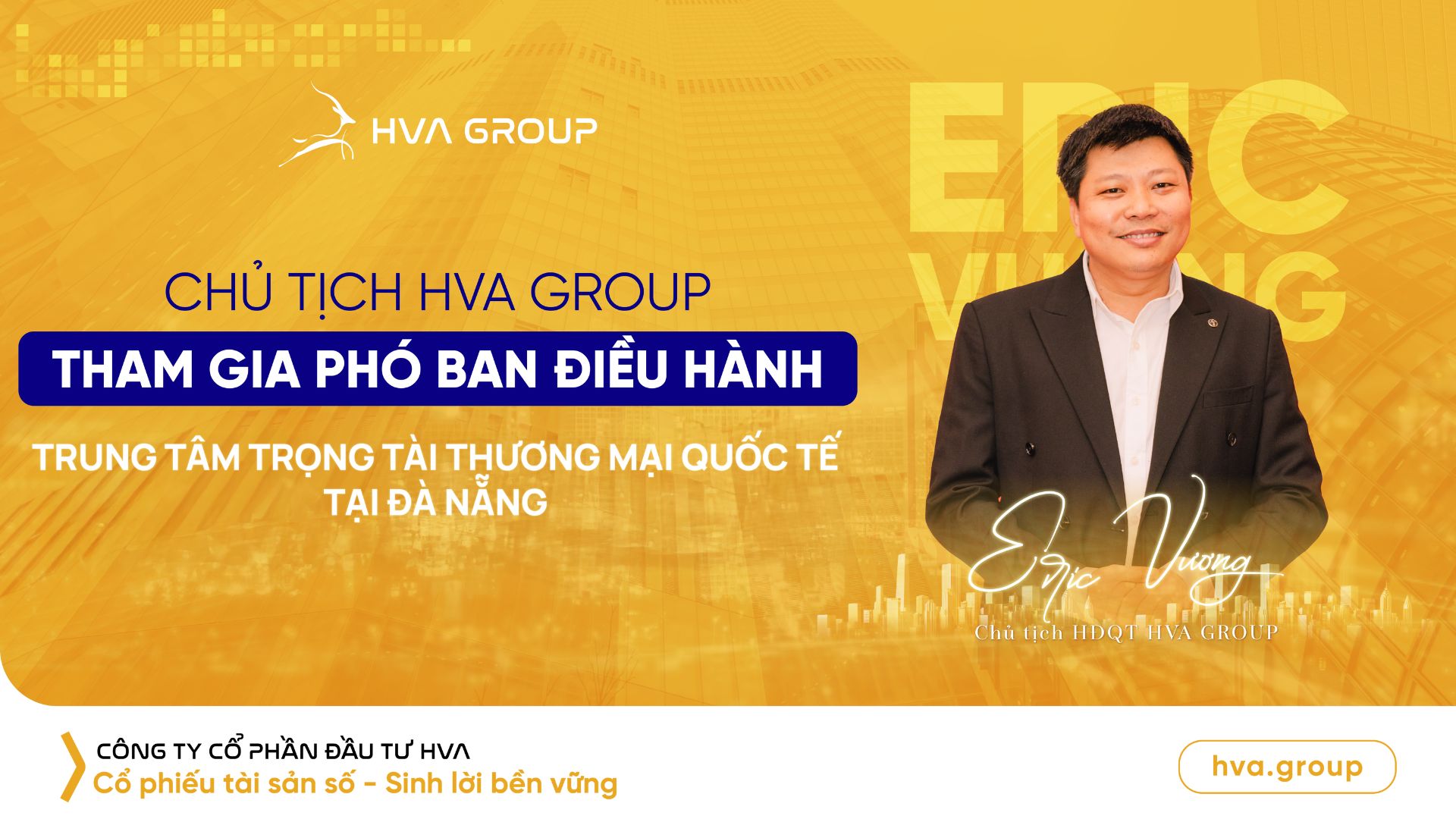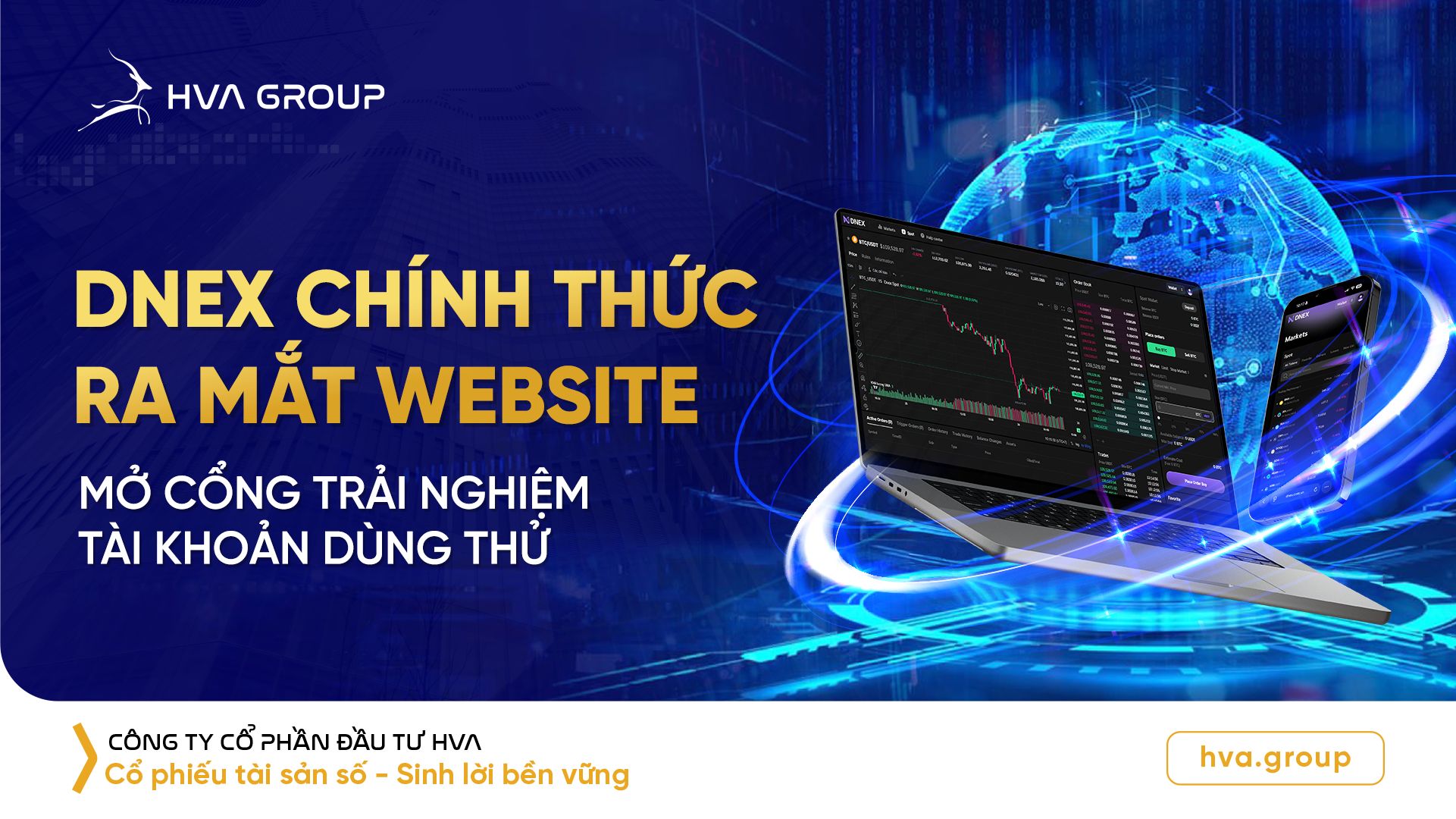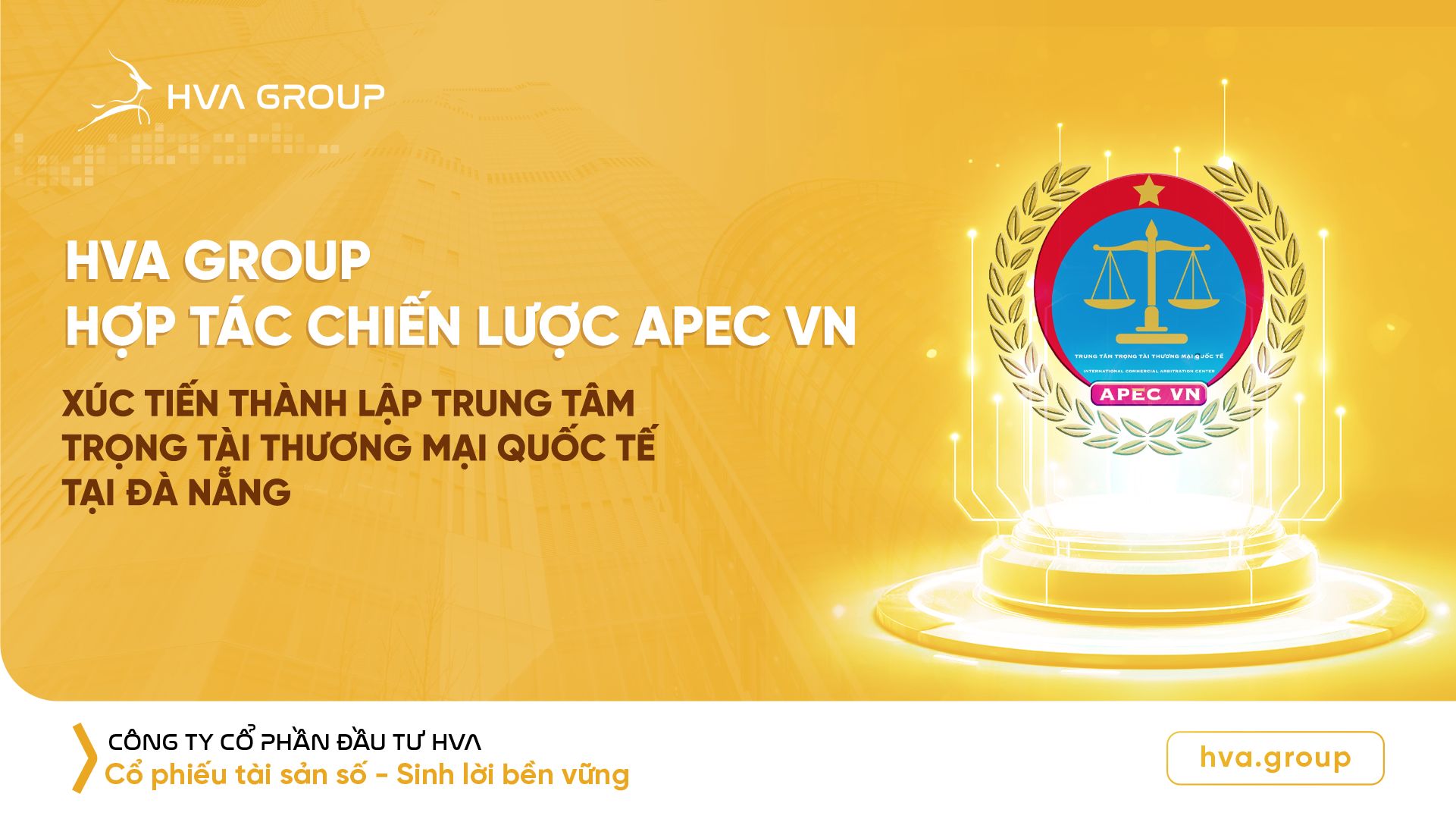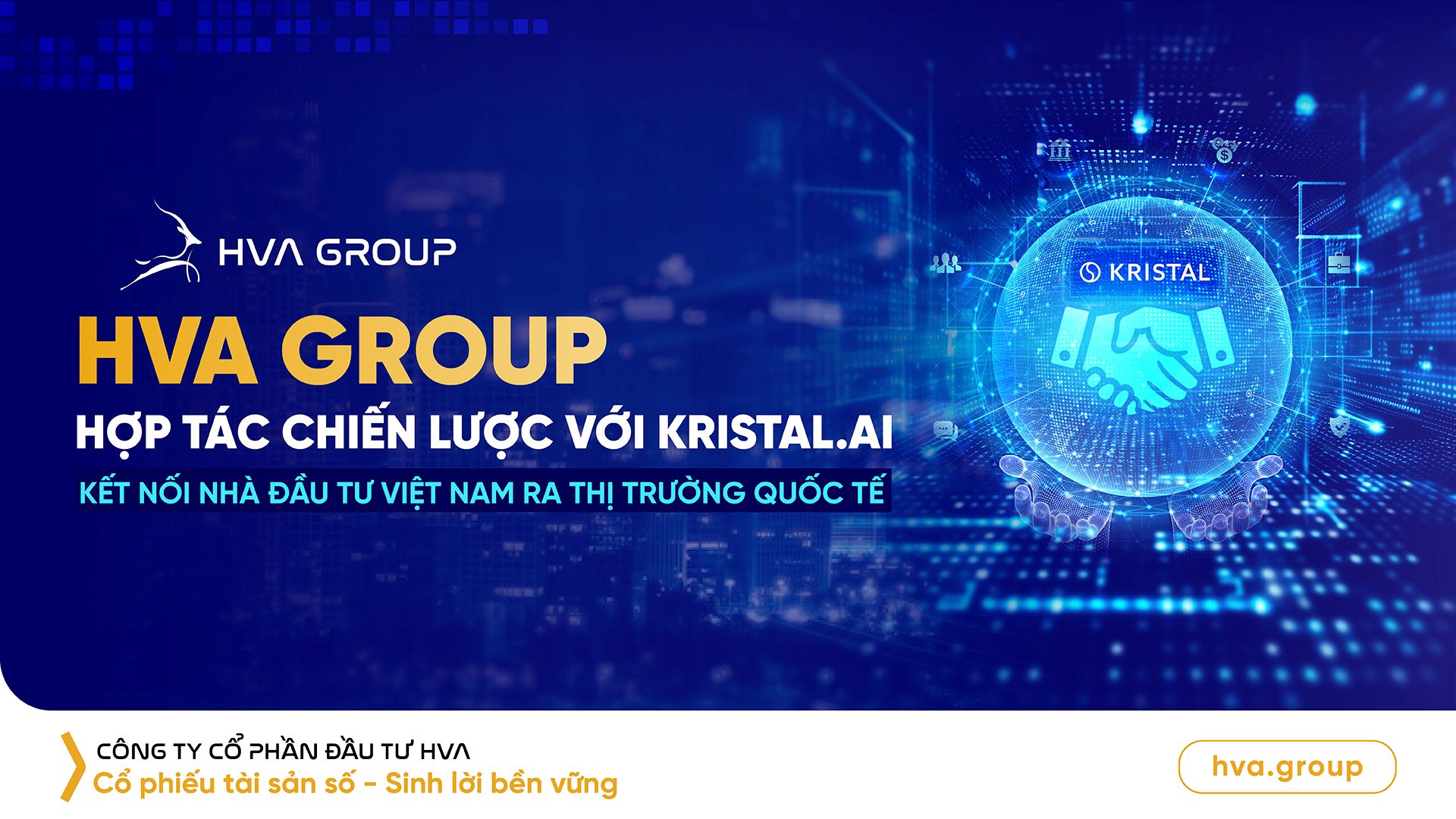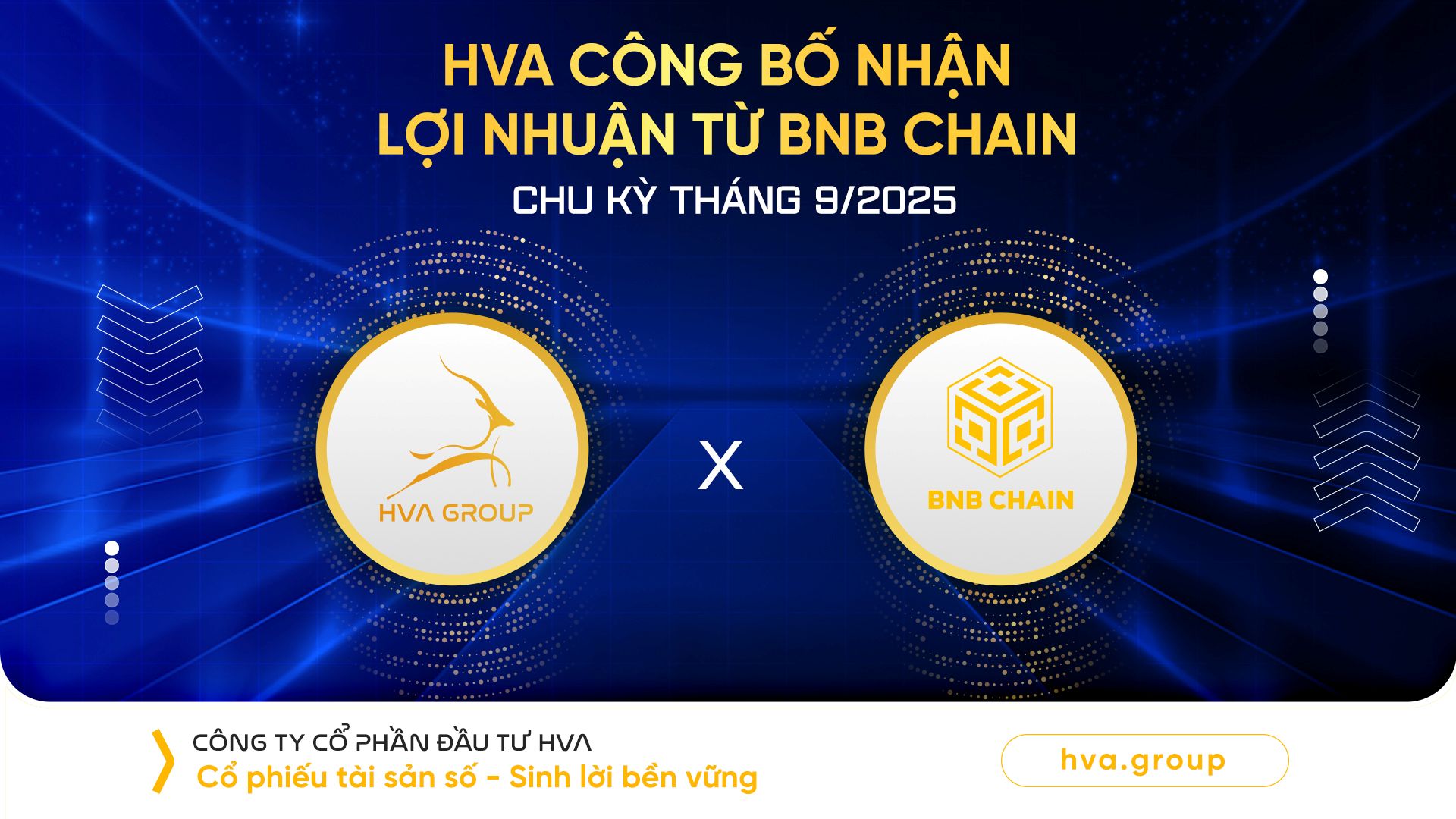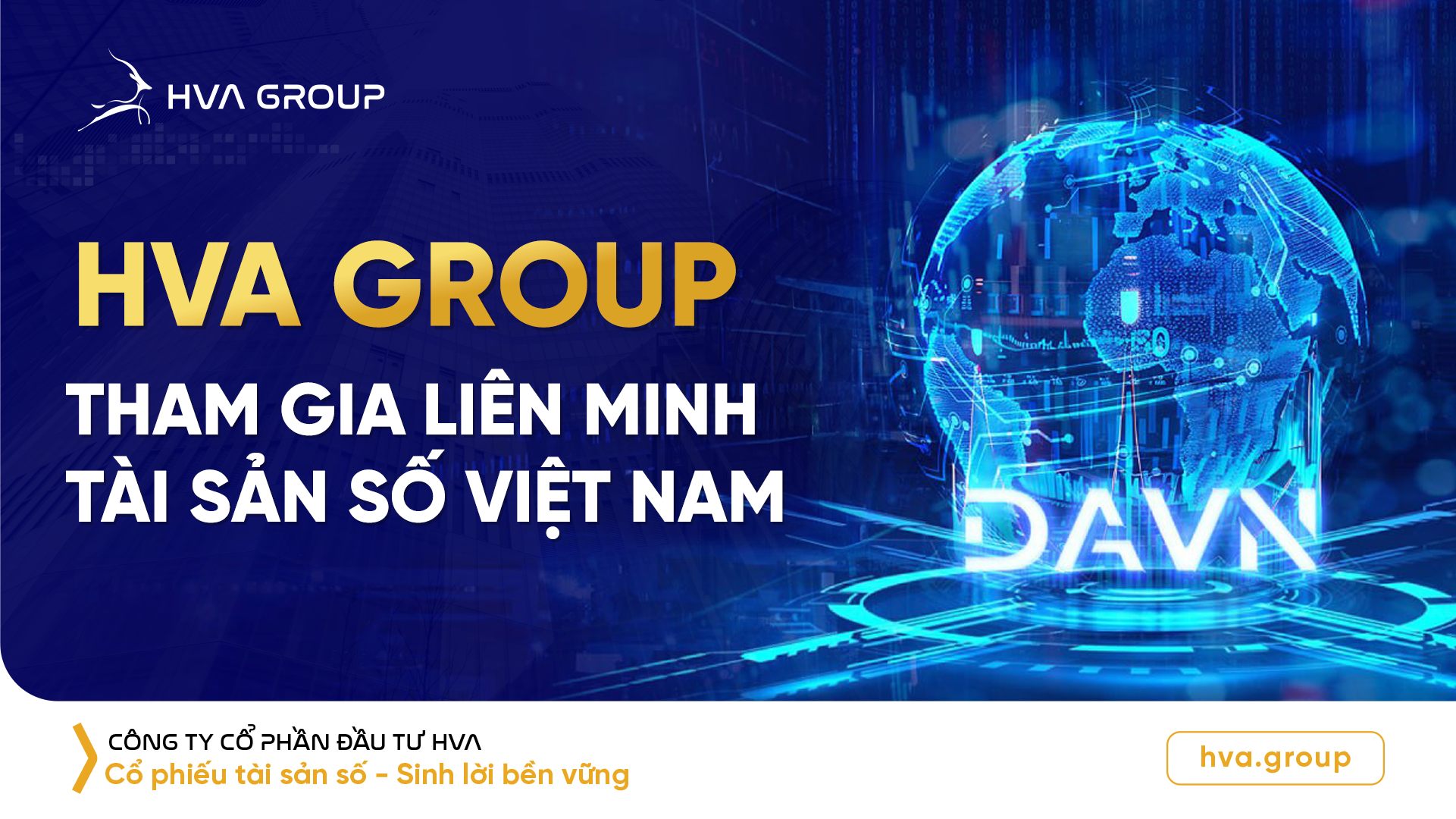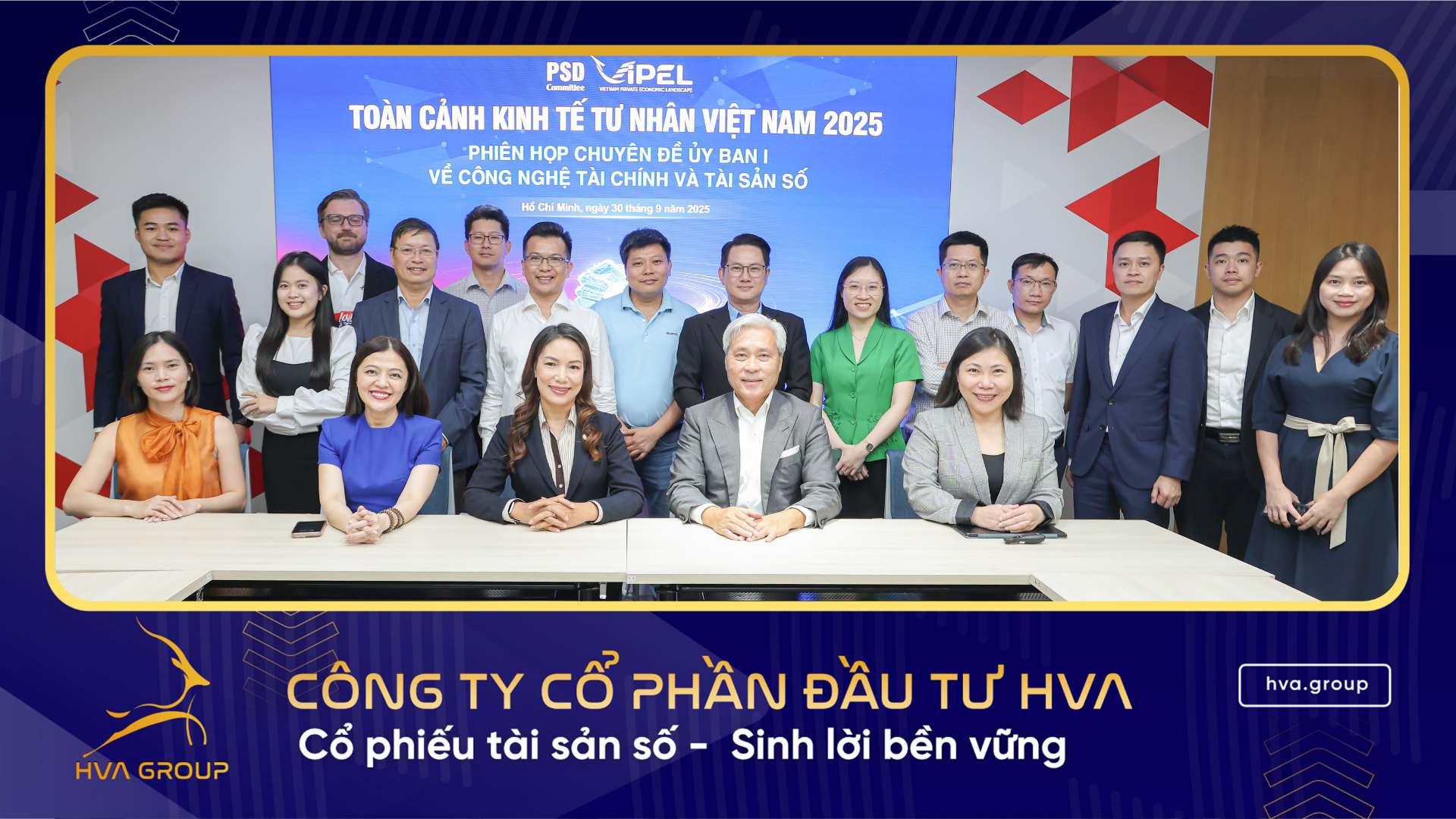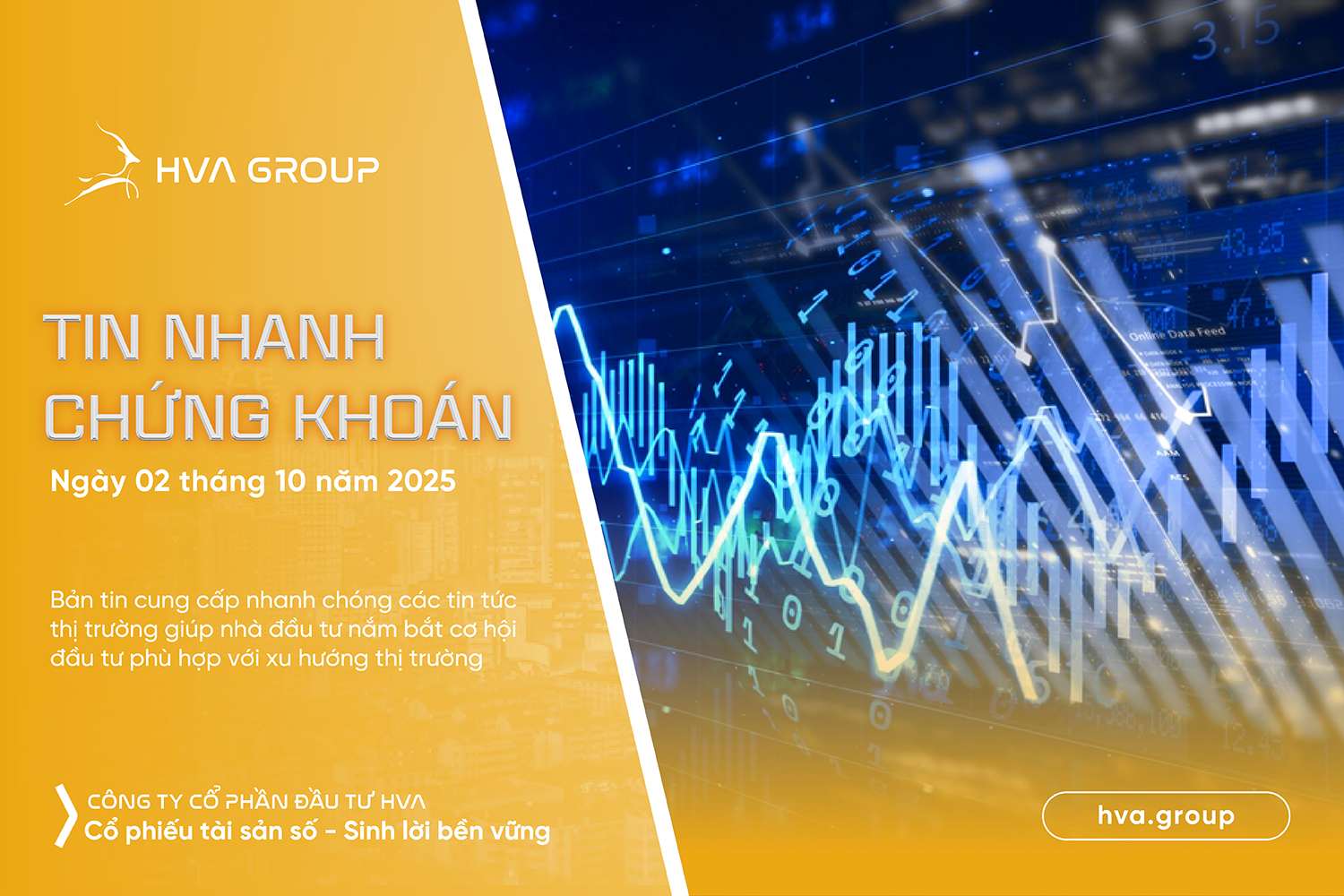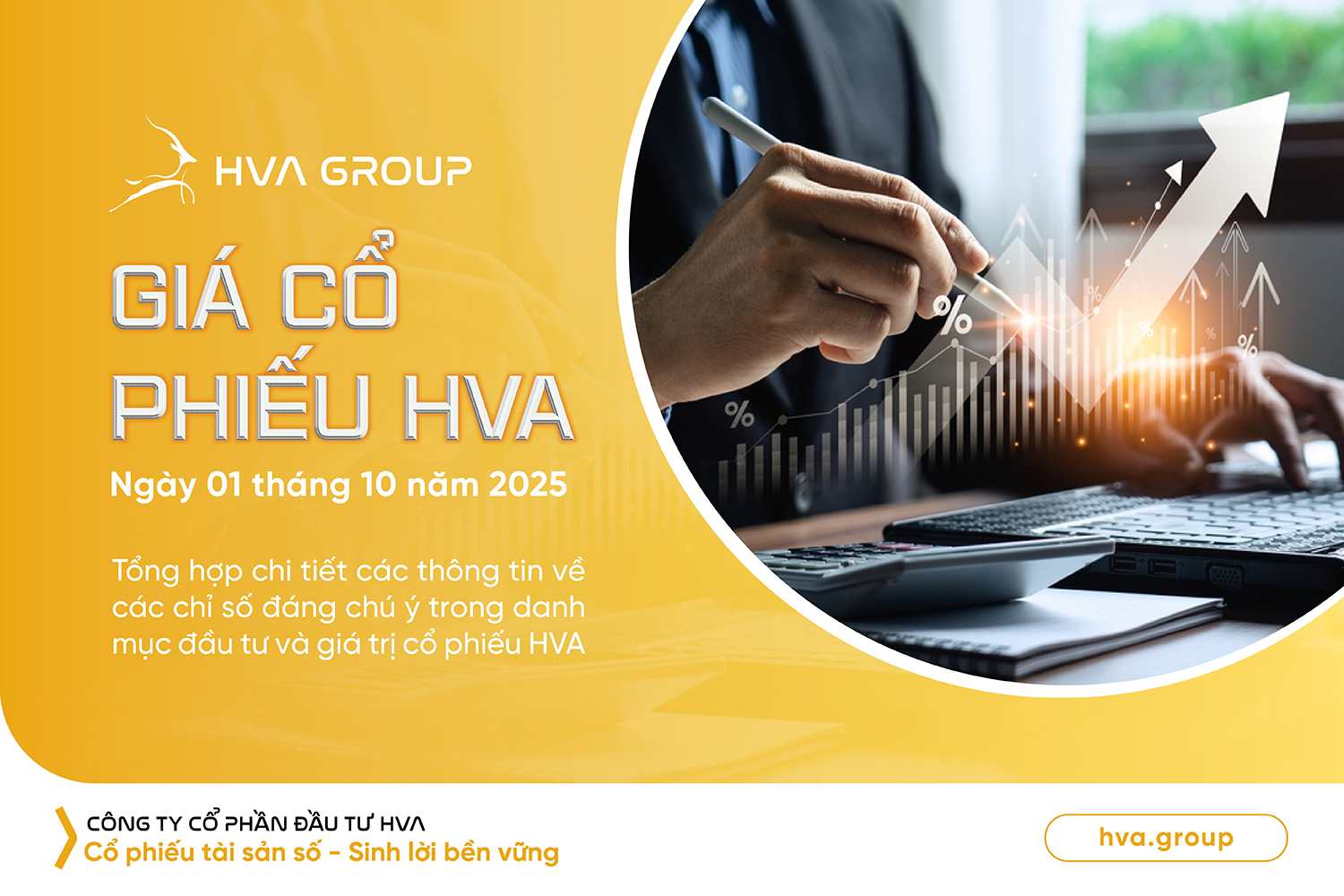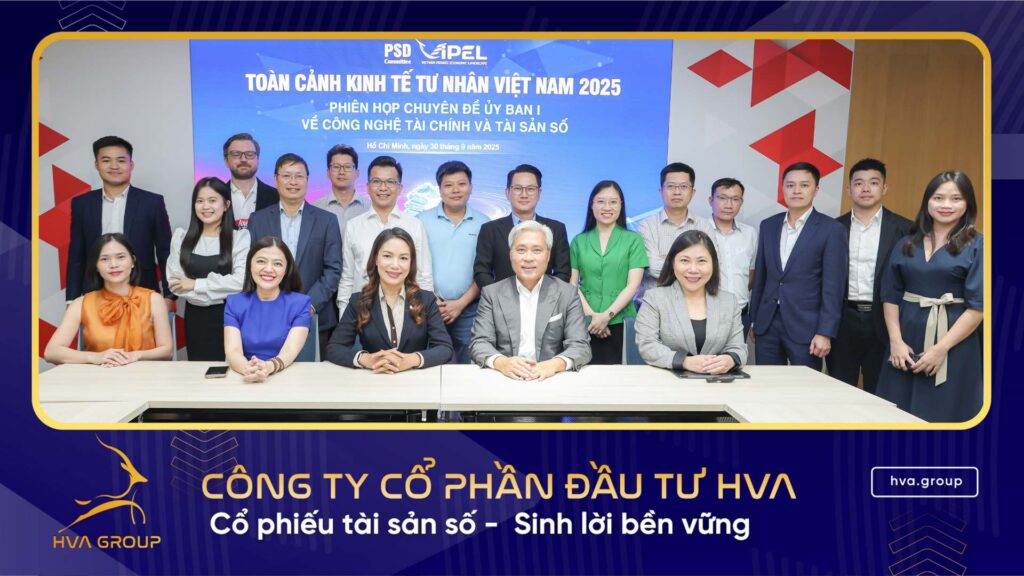
From September 28 to October 1, a series of meetings organized by the Private Economic Development Research Board (Board IV) introduced the Vietnam Private Economic Panorama (ViPEL) model, laying the foundation for "public-private nation-building" synergy in emerging technology fields. At the thematic session on the afternoon of September 30 in Ho Chi Minh City, ViPEL emphasized a new approach: not stopping at policy recommendations, but co-funding - co-implementing - co-monitoring so that fintech and digital asset projects can be put into actual operation. Accompanying ViPEL, HVA Group brings an implementation perspective, considering blockchain as a transparent infrastructure and digital assets as an effective resource allocation channel if designed "compliance-by-design".
HVA Group representatives attended and provided guidance.
HVA Group attended with two representatives: Mr. Eric Vuong - Chairman of the Board of Directors of HVA Group and Mr. Le Hoa Nha - General Director of HVA Investment Joint Stock Company (HVA Group)At the event, HVA emphasized the role of the “matching tool” between the State – enterprises – financial institutions – academia, focusing on three axes: designing digital products with compliance right from the architectural level; open data standards for real-time tracking and monitoring; and a public-private counterpart capital mechanism with milestone results, helping to shorten the trial-error cycle and increase the probability of commercialization.
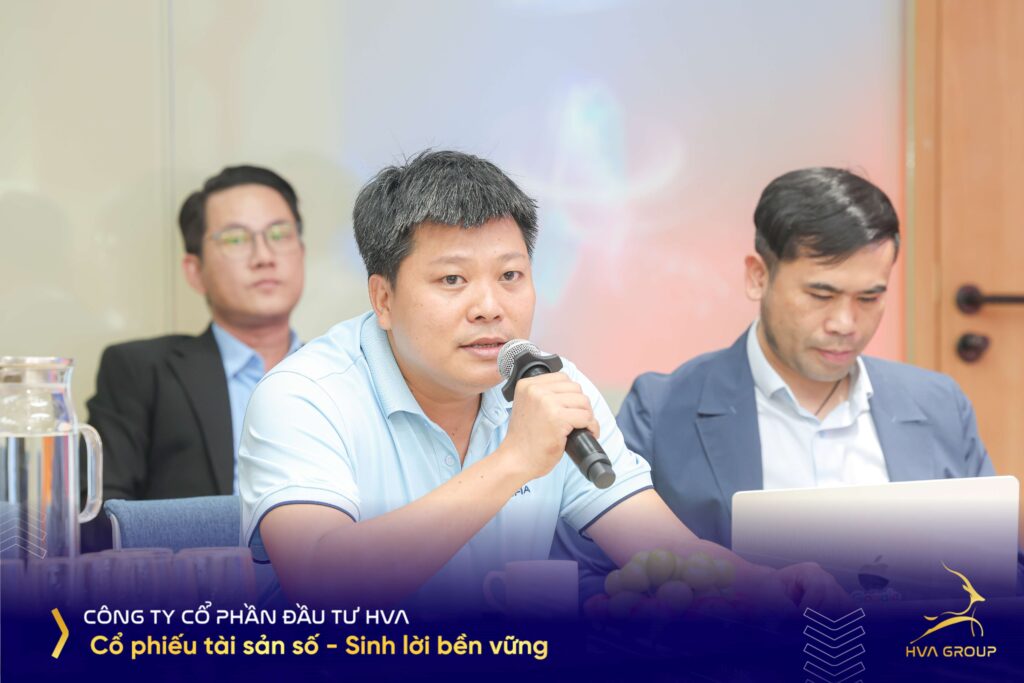
Digital assets, blockchain: innovation axis needs enforcement mechanism
The discussions of ViPEL Committee I show four core conditions for the market to break through: a legal framework for new models (P2P, digital banking, tokenization) with a real operational sandbox; a national electronic identification and authentication infrastructure; data standards and user protection mechanisms to create market trust; high-quality human resources linking R&D with applications. On that basis, two project directions are prioritized: building a national digital identity; and developing a practical digital asset market ecosystem, expanding from crypto exchanges to carbon credits and renewable energy assets. Here, blockchain is not a “fashion” but a transparent ledger for measurement, inventory, credit issuance and secure transactions.
The role of HVA Group: from compliance-by-design to counterpart capital
HVA Group pursues the philosophy compliance-by-design in all blockchain and digital asset products: KYC/AML processes, custody, key management, anti-market manipulation are integrated from the architecture; on-chain/off-chain data is standardized so that regulators can audit in real time. Along with that is open data protocol suite and API standards for the ecosystem, helping banks, securities companies, auditing and control organizations connect seamlessly. In the capital axis, HVA supports public-private matching fund Flexible (50–50, 55–45, 70–30…) with transparent KPIs, disbursement milestones based on results and intellectual property rules – clear data.
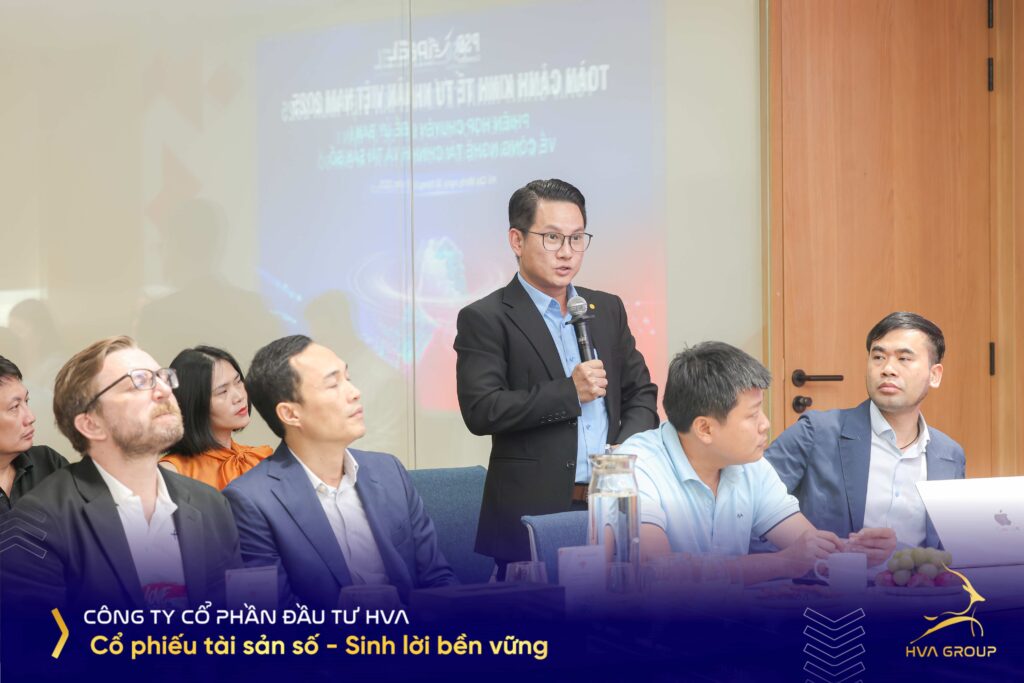
Implementation organization: one-stop shop, special task force
To move from proposal to product, HVA proposes a mechanism special task force for each project with three layers of metrics: legal – compliance (sandbox milestones, risk metrics), technical – operational (SLA, interoperability), market – user (liquidity, transaction costs, acceptance and user protection metrics). How to do it “one sign - one door” helps shorten problem resolution times, reduce institutional costs, and put all parties on the same progress-quality dashboard.
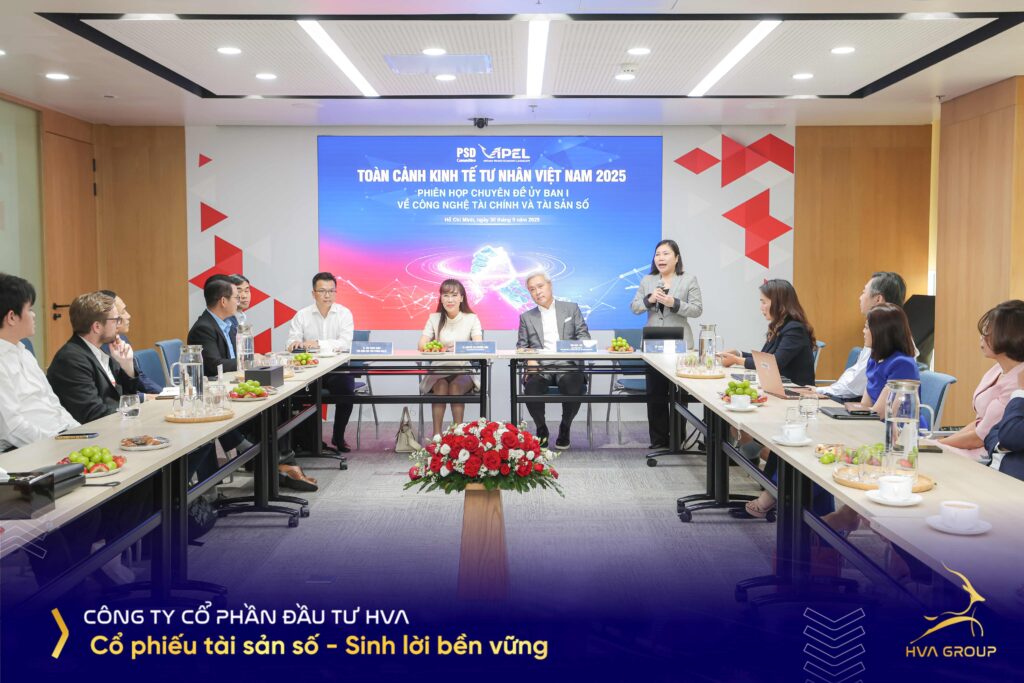
Conclusion: Joining Forces to Unlock New Markets
Fintech and digital assets will only become “new generation infrastructure” when the law is fast and transparent enough, the digital infrastructure is reliable enough, the counterpart capital is patient enough and the human resources are good enough. ViPEL has opened the cooperation framework; the rest is the implementation organization. With the companionship of Mr. Eric Vuong and Mr. Le Hoa Nha On behalf of HVA Group, we are committed to the Government, regulatory agencies, financial institutions and technology companies: bringing blockchain to the right places where transparency and traceability are needed; turning digital assets (from digital certificates to carbon credits) into channels for mobilizing and allocating resources effectively; and standardizing user protection right from the design. When those gears fit together, the new market will not only be “unlocked”, but also create a long-term competitive advantage for Vietnam’s digital economy.
